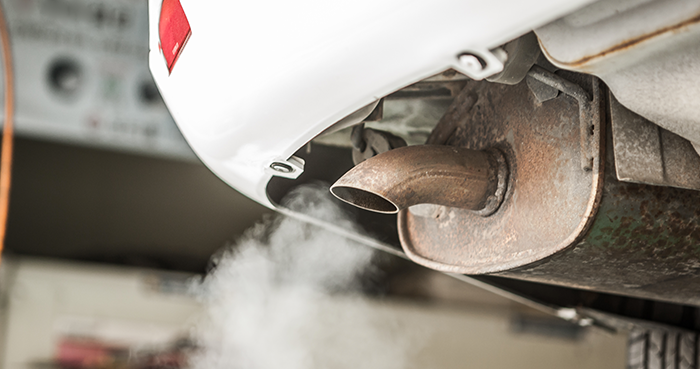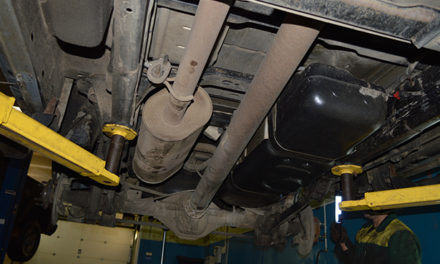It turns out that electric vehicles aren’t the only “green” cars on the road. Ordinary gas-fueled engines, whether three months old or 30 years old, use an EGR valve to prevent the formation of toxic nitrogen oxide compounds (NOX) that pollute the atmosphere. This simple valve works magnificently while lowering your engine’s octane requirements, which reduces the risk of detonation, or spark knock. Let’s look at the basics of EGR valve operation.
What Is An EGR Valve?
The exhaust gas recirculation (EGR) valve dilutes the air/fuel mixture by allowing small amounts of inert exhaust gas to enter, thus preventing the combustion temperature from rising to levels that promote the formation of NOX. When the valve opens, a specific volume of gas passes from the exhaust manifold, through the valve, and into the intake manifold. This alters the air/fuel ratio and keeps the combustion temperature under control, which in turn keeps NOX formation below acceptable limits.
How Does An EGR Valve Work?
In early EGR systems, the valve consists of a poppet valve and a vacuum diaphragm; these are connected to the carburetor port just above the throttle plate. During acceleration, the throttle plate unblocks the vacuum port, allowing the vacuum to reach the EGR valve and open it — this permits exhaust gases to re-enter the intake manifold. A thermostatic vacuum switch ensures that the vacuum can only reach the EGR valve when the engine is working at a normal operating temperature to avoid stalling or a rough idle in a cold engine.
On vehicles with electronic fuel injection, the EGR valve is controlled by the engine control computer (ECM), which directs a solenoid located between the valve and the vacuum source. An EGR position sensor helps the ECM keeps track of the valve’s position at a given time.
EGR valves are usually calibrated for particular engine applications; using the wrong valve could admit too much or too little exhaust, causing problems with emission, detonation, and drivability.
Do EGR Valves Need Regular Maintenance?
Preventive maintenance is generally not required, but carbon deposits may prevent the valve from opening or closing properly. In some cases, the dirty EGR valve can be cleaned, but if the valve itself is defective, then a replacement is needed.






![[Vehicle Fitment-1]: Compatible with Dodge B1500 1996-1998 V8 5.2L, 1998 V8 5.9L, B2500 1996 V8 5.2L(GAS), 1996-1998 V8 5.9L, 1997 V8 5.2L, 1998 V8 5.2L(GAS), B3500 1996 V8 5.2L(GAS), 1996-1998 V8 5.9L, 1997 V8 5.2L, 1998 V8 5.2L(GAS), Dakota 1996 V8...](https://m.media-amazon.com/images/I/51AcavYe8kL._SL100_.jpg)
![[OE Auto Parts] - 12613411 / 12587269 fuel injectors sold by Pjvmvo are OE parts. We use VIN matching to ensure the integrity of our inventory and accuracy of product descriptions. Offer high quality, and long-lasting performance. [Fitment] - 5.3L / ...](https://m.media-amazon.com/images/I/41K60SoJq9L._SL100_.jpg)
![[OE Auto Parts] - 16600-JK20A OE 3.5L Performance fuel injectors sold by Pjvmvo are OE parts.We use VIN matching to ensure the integrity of our inventory and accuracy of product descriptions.Offer high quality, and long-lasting performance. [Fitment]...](https://m.media-amazon.com/images/I/41ZU7A7CRQL._SL100_.jpg)


